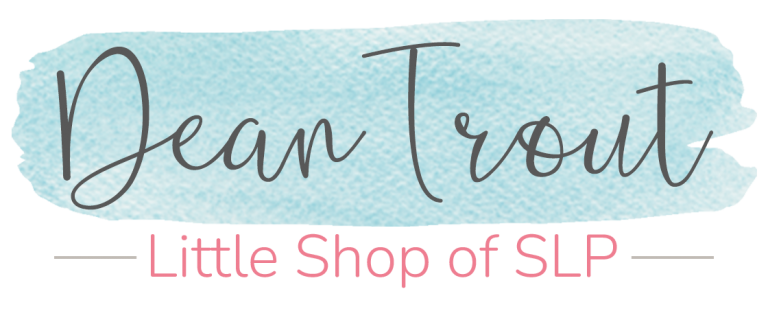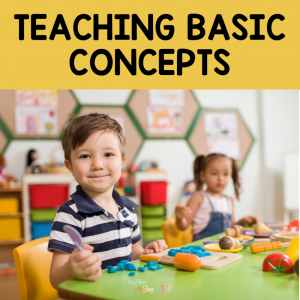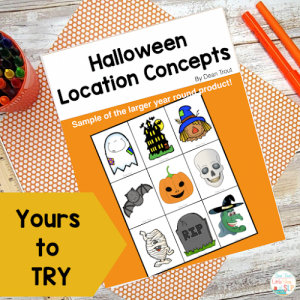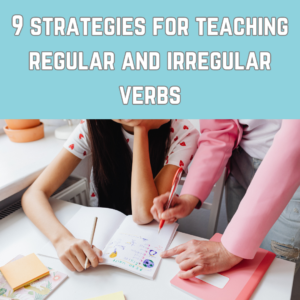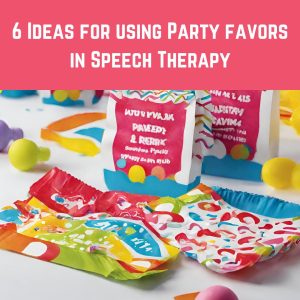If you are working in Early Intervention or in the schools with Preschooler and Kindergarteners one of the major areas you most likely will target will be basic concepts. Let’s review what they are, where to start, and how to teach them.
What are basic concepts and why do we need to teach them?
Basic concepts are the vital words a child needs to learn to be able to communicate and understand others and to achieve success in learning to read and understand math.
There are 5 main areas:
- Spatial or location
- Temporal or time
- Quantity or number
- Quality or descriptive
- Social-Emotional or feelings
Within those broad areas are more specific concepts such as color, size, shape, texture, patterns, and negation.
If you’d like a refresher of concept development milestones, LinguaSystems has a handy chart that is free.
Where do you begin?
After assessing the child you should have an idea of what they know and what they don’t know and that is where you begin. When teaching the new concepts I like to begin with the concrete activities before moving to the abstract. I can’t stress enough how important Play Therapy is at this stage. Your FisherPrice Playsets just lend themselves to modeling and verbalizing. Actually most any toy can be used to teach the paired concepts of opposites, and you are free to model descriptive words as you play. Remember as Fred Rogers said, “Play is a child’s work!”
Ideas for teaching them
A farm set has loads of location concepts you can introduce and teach by modeling while playing.
“Oh look! the rooster is up in the hayloft! Where is the chicken? I see it! It is down here on the ground. The cat jumped up on the fence. Be careful don’t fall off. Oh no! he fell off.
To target negation, you can ask simple YES/NO questions.
Is the horse in the barn? Is the pig in the pen? Is the pig dirty?
To target social-emotional, you could ask questions like
Is the pig happy to be stuck in the mud? Is the farmer happy that his truck is stuck in the mud?
You can sort toys by size, color, texture, or patterns. Zoo or safari animals are great for comparing patterns of stripes, spots!
Another great idea is to let your students move in space to understand the concepts of location. A hula hoop makes a fantastic teaching tool. Lay the hoop on the floor and have them get in and out of it. They can hold it in front of them or behind them, hold it over their heads or under their feet, etc. but the best is that it is something they can go through or around!
When teaching qualitative concepts hands-on materials are the best. I like to use things like play dough, slime, squishy balls, and shaving cream. You can model lots of descriptive words and they will get lots of textural feedback playing with them!
You will soon start to observe that they are using those basic concepts during their play and that tells you it is time to move on to more structured abstract tasks. They should now be able to answer WH questions related to those basic concepts.
Since it is nearing Halloween, I’d like to share a FREE resource with you. This little product is a sample of a larger year-round one in my store.
Until later!
